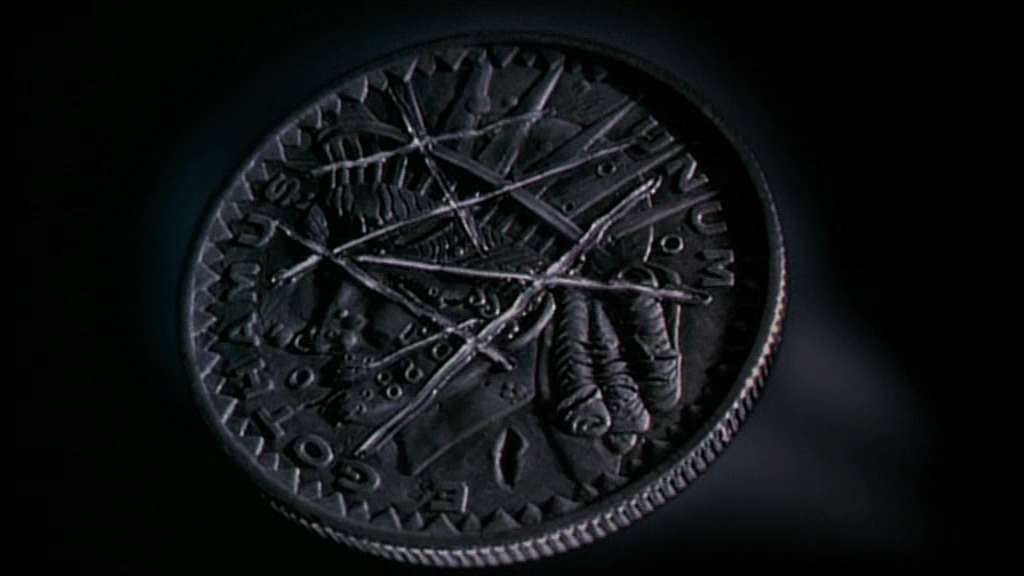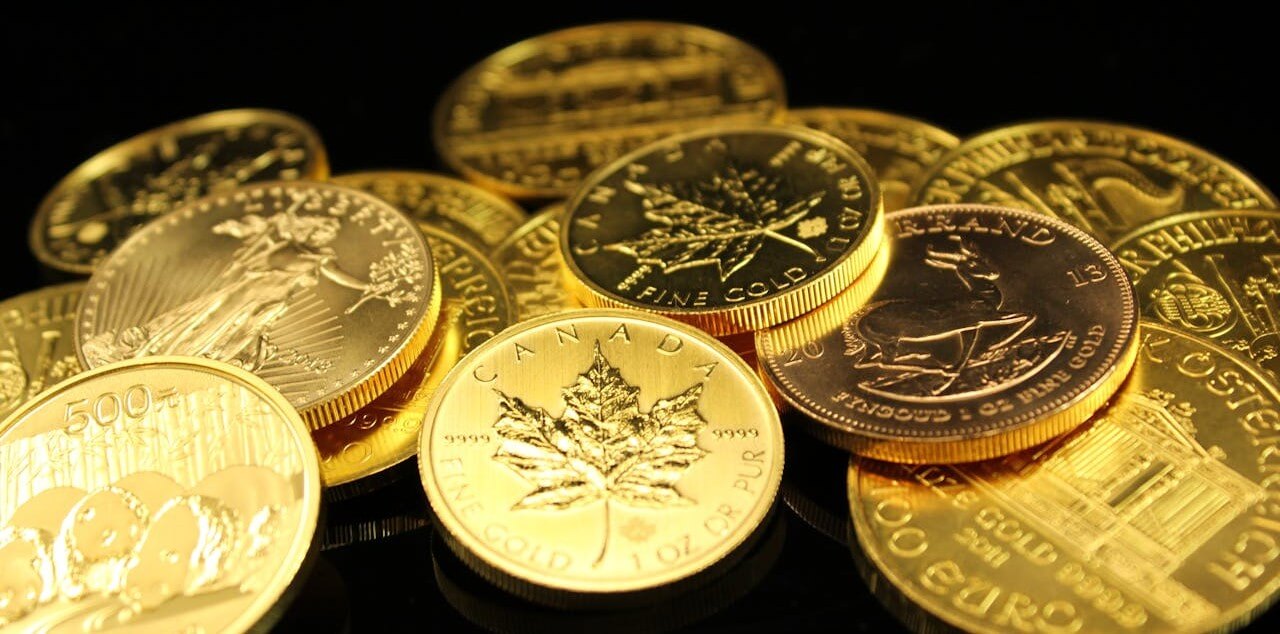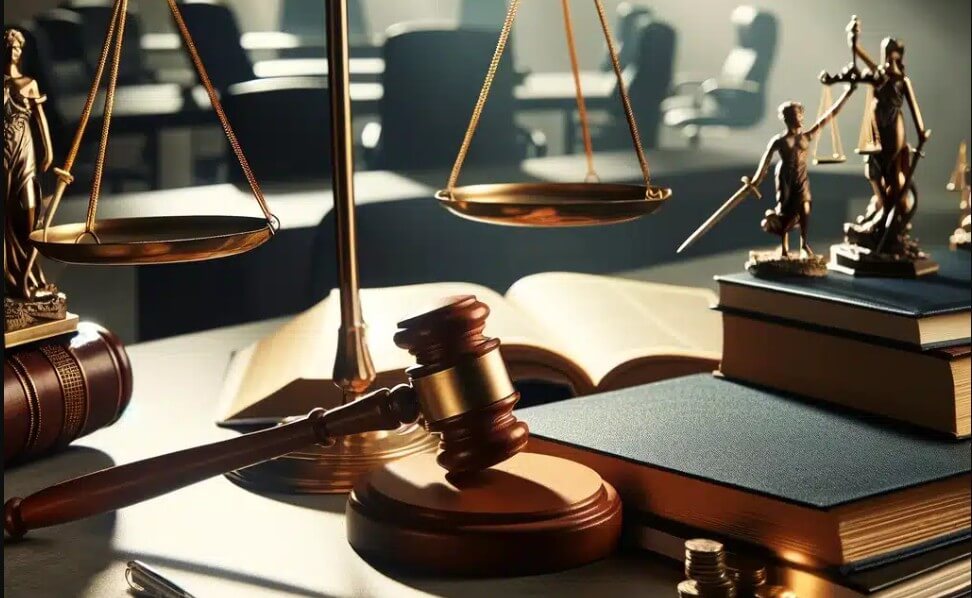In Christopher Nolan's cinematic masterpiece, "The Dark Knight," Harvey Dent's transformation into the villain Two-Face is marked by his reliance on a two-headed coin, scarred on one side. He claims to leave his victims' fates to "a 50/50 chance," making his brand of justice impartial. However, this is a profound deception, both for his victims and for the audience. The coin flip in this context is not a tool of chance, but a philosophical weapon that explores the very nature of fairness and chaos.
Unlike a real coin flip, Two-Face's outcomes are often predetermined. He famously tells a mobster, "I make my own luck," before flipping. The coin's result doesn't introduce randomness; it merely provides justification for a decision he has already made. The clean side represents the sliver of Harvey Dent that remains, while the scarred side represents his vengeful persona. The flip becomes a ritual that allows one side of his fractured personality to dominate the other, giving the illusion of impartiality to his horrific actions.
This cinematic device is a brilliant subversion of what a coin flip represents. Normally, we use a coin to surrender our own bias to the universe's randomness. Two-Face does the opposite: he uses the *symbol* of chance to legitimize his own internal chaos. It's a powerful statement on how people can use the language of fairness to mask their true intentions, making his coin one of the most memorable and philosophically rich props in film history.


